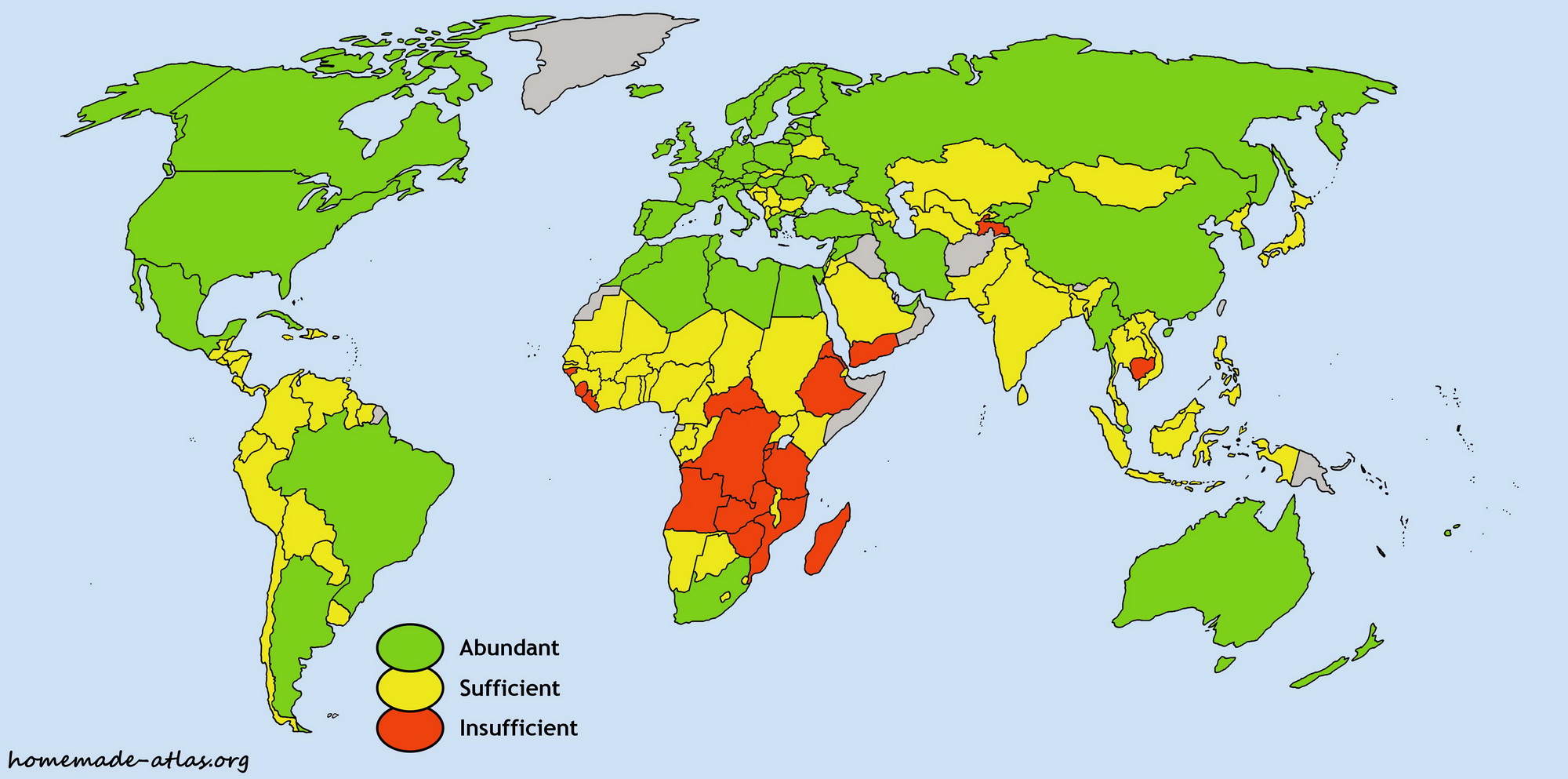This year I set out on a goal to fast for the first few days of every month. I also included a few other objectives to be incorporated into the fast. Fasting, it seems, is back in vogue again. Intermittent fasting is a new health craze, but this concept is ancient. Fasting seems to be just as much part of the human experience as sleeping, we just do not know that. The reason is that most of us live in a society where fasting is not part of our everyday experience. We live in times of plenty, or at least a majority of us do.
In fact the abundance of foods has improved over the last few decades. You might remember ad campaigns, or Miss Universe pageant contestants that would talk about “solving world hunger.” We have not completely solved that, but it is actually much closer than ever before. There is a direct correlation to population growth and food availability, and this last few decades has proven this out. There are still areas of the world that suffer. These include areas like Cambodia, The African countries that surround the Congo, and areas in the Middle East surrounding Afghanistan, Ethiopia, etc. In North America, there has never been this level of food abundance.
So most of us do not fast because we have to, we fast because we want to. We actually fast to lose weight! There has never been a time in the history of the planet where humans were openly encouraging each other to abstain from the over abundance of food in order to lose weight. In ancient times, long durations of vast supplies of protein rich foods have led to significant changes to our species, and I am certain we are experiencing some of that now. We cannot see the change, but a lens zoomed out for a few thousand years can probably clearly see the changes in human development.
That is a long way to talk about the concept of fasting as an art form. Due the scarcity of food, the human family developed rituals and practices around the concept of going without food for extended period of times. During times of winter, during migration period of long distance travel, and when experiencing climate conditions that lead to drought and famine. Those are forms remain in some way, but for the most part are no longer part of our everyday. Many religions teach fasting as a concept surrounded by certain holidays, rituals, or traditions. Buried in this ceremony are some powerful truths as about using periodic fasting as a way for us to renew, regenerate and reinvigorate our mind and bodies.
Fasting should be a part of our normal existence, as we are wired to experience periods of periodic abstinence from foods. There are definitely some important hidden gems in the ancient art form worth exploring.




